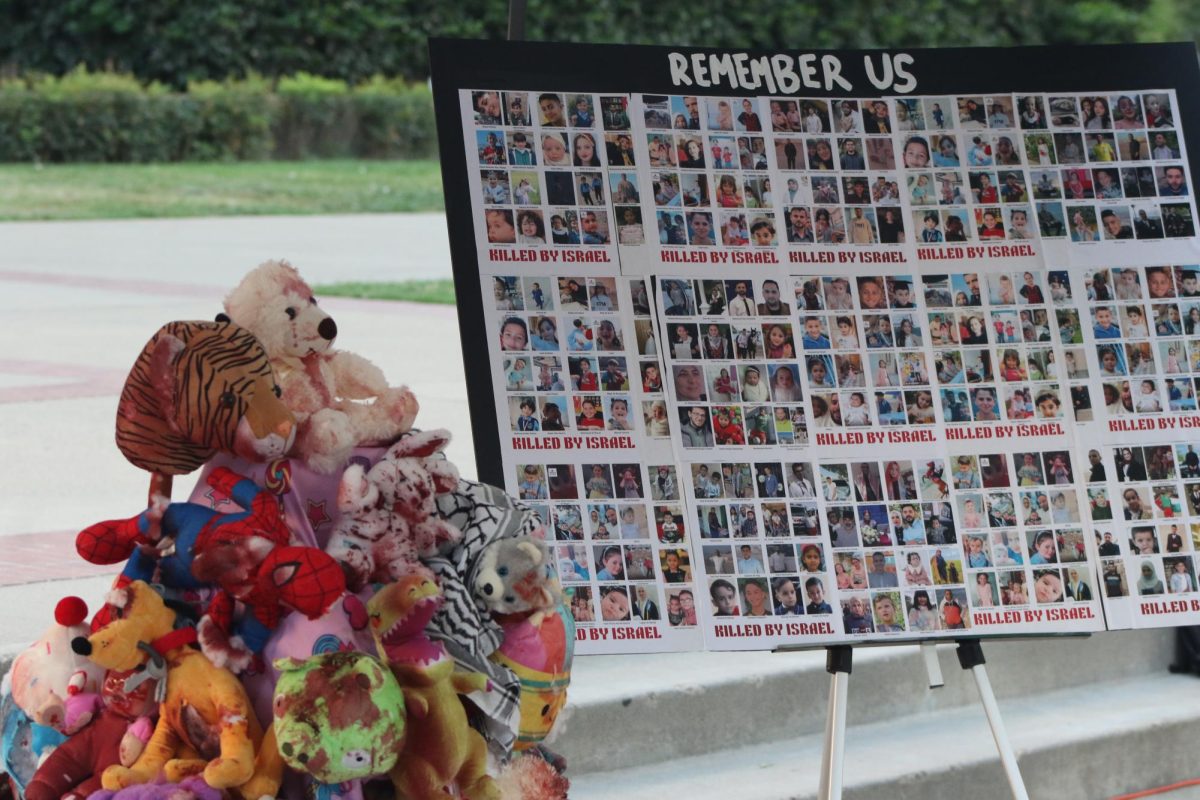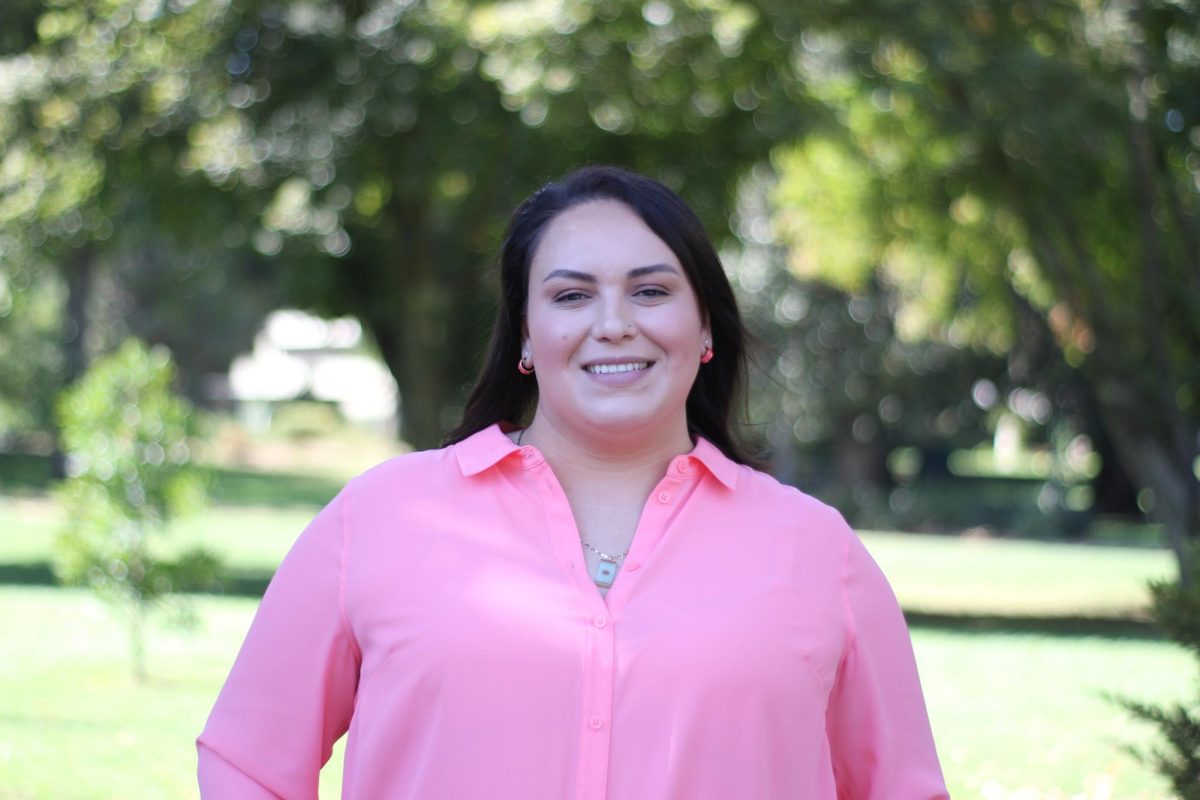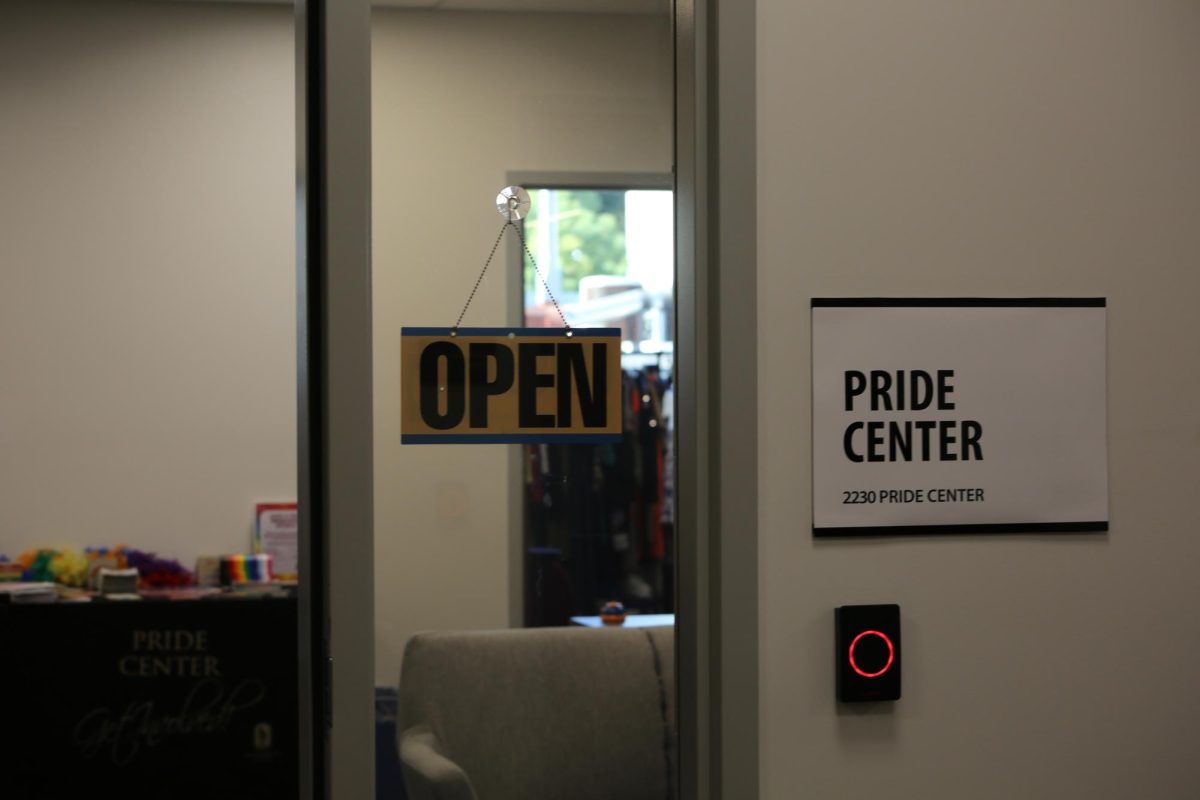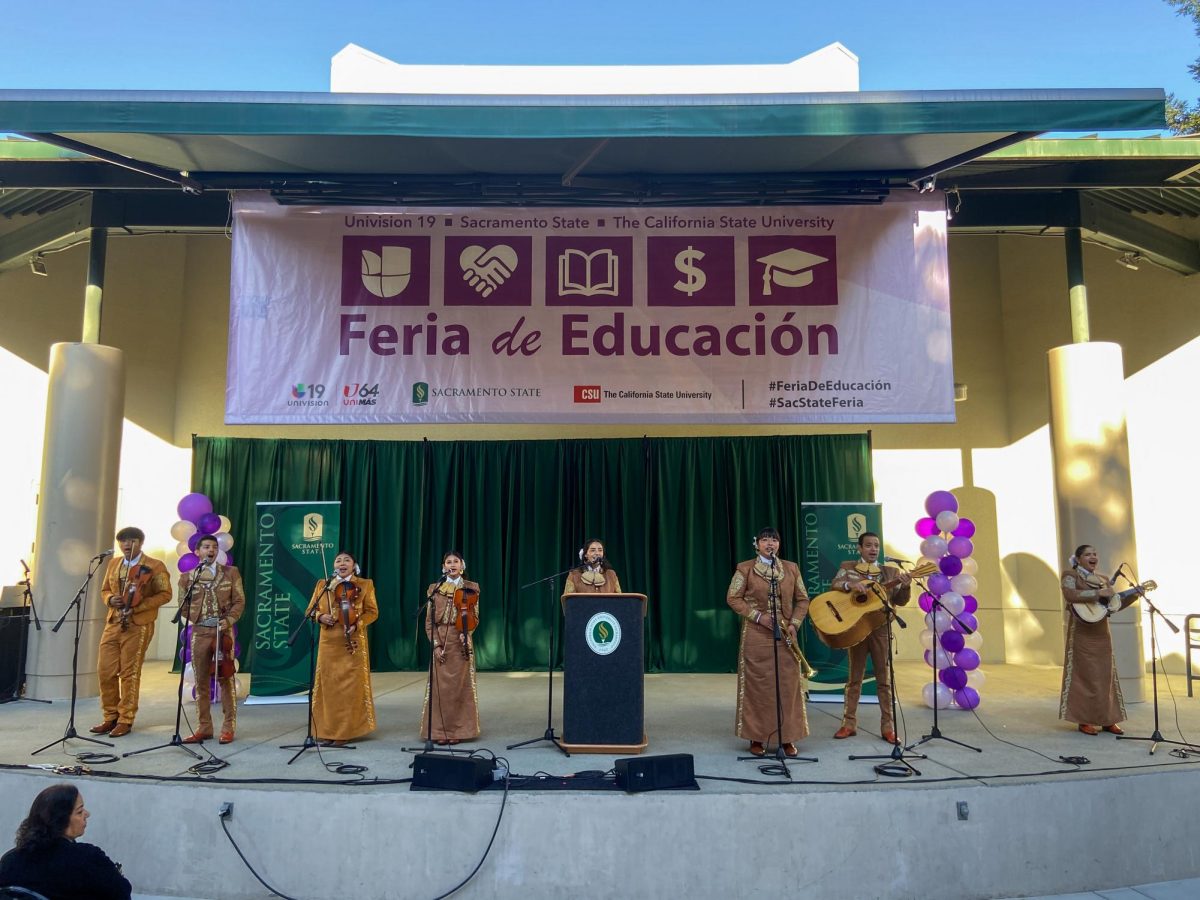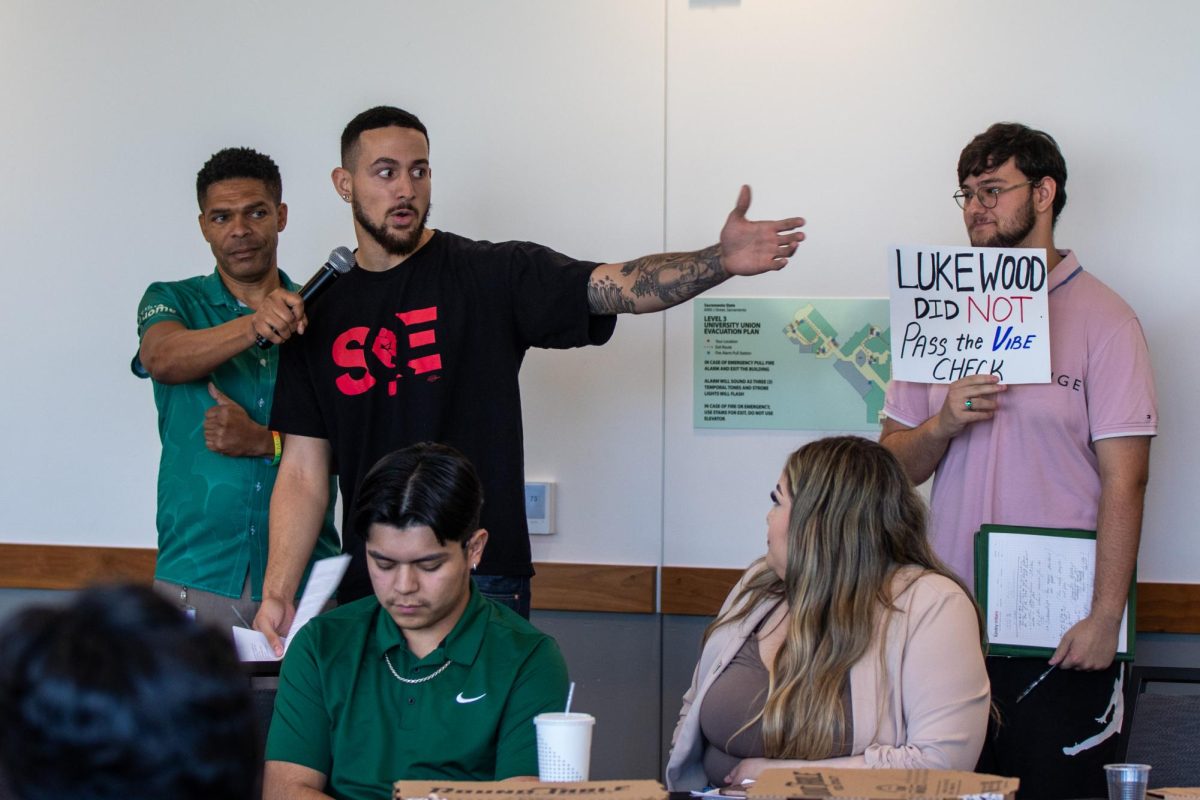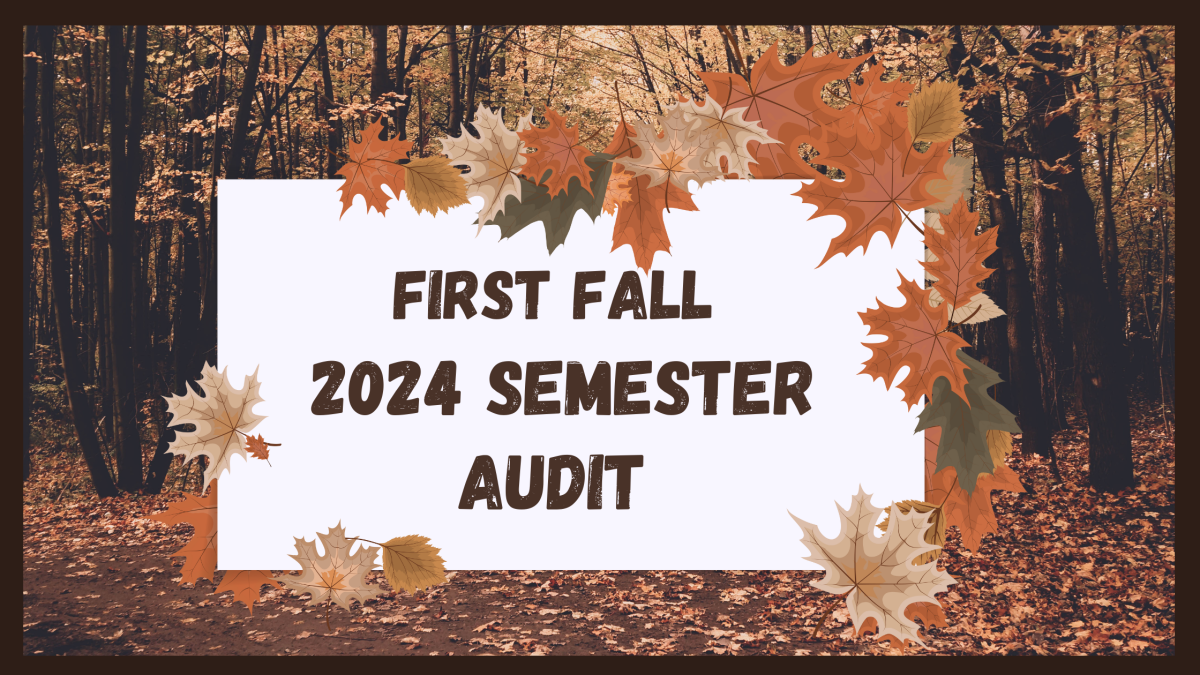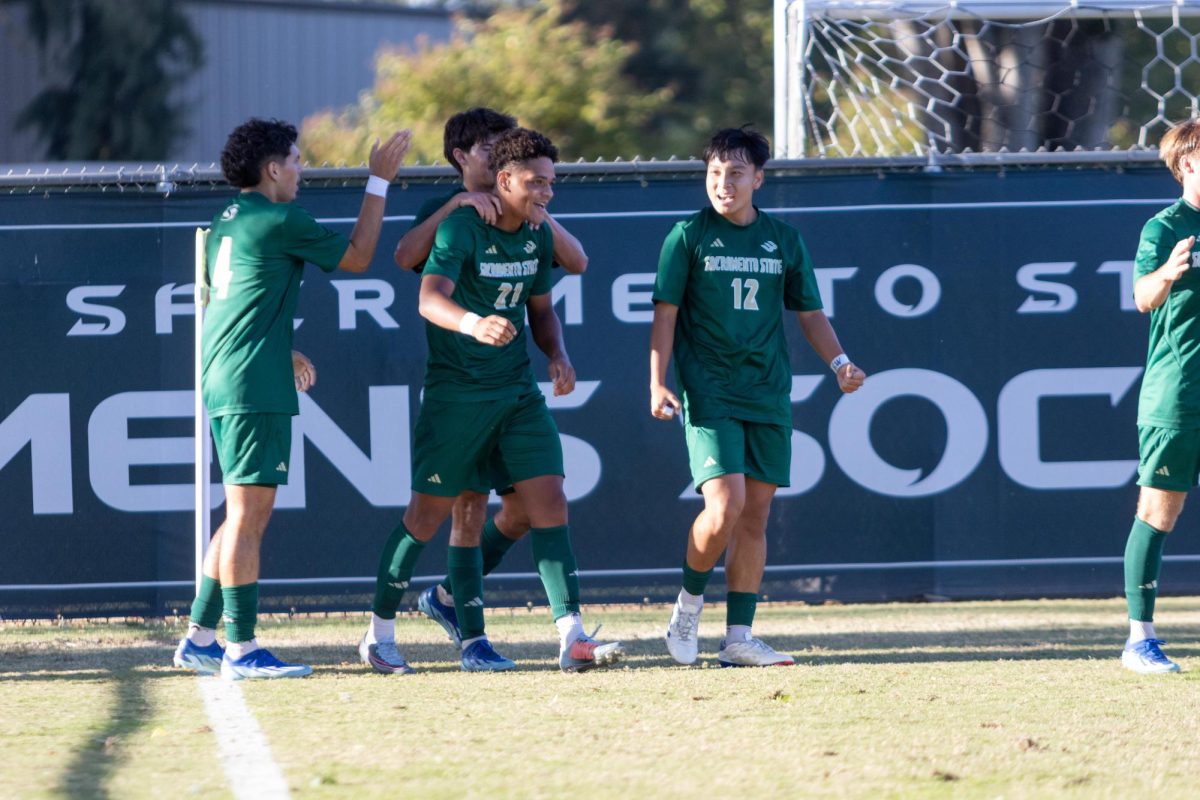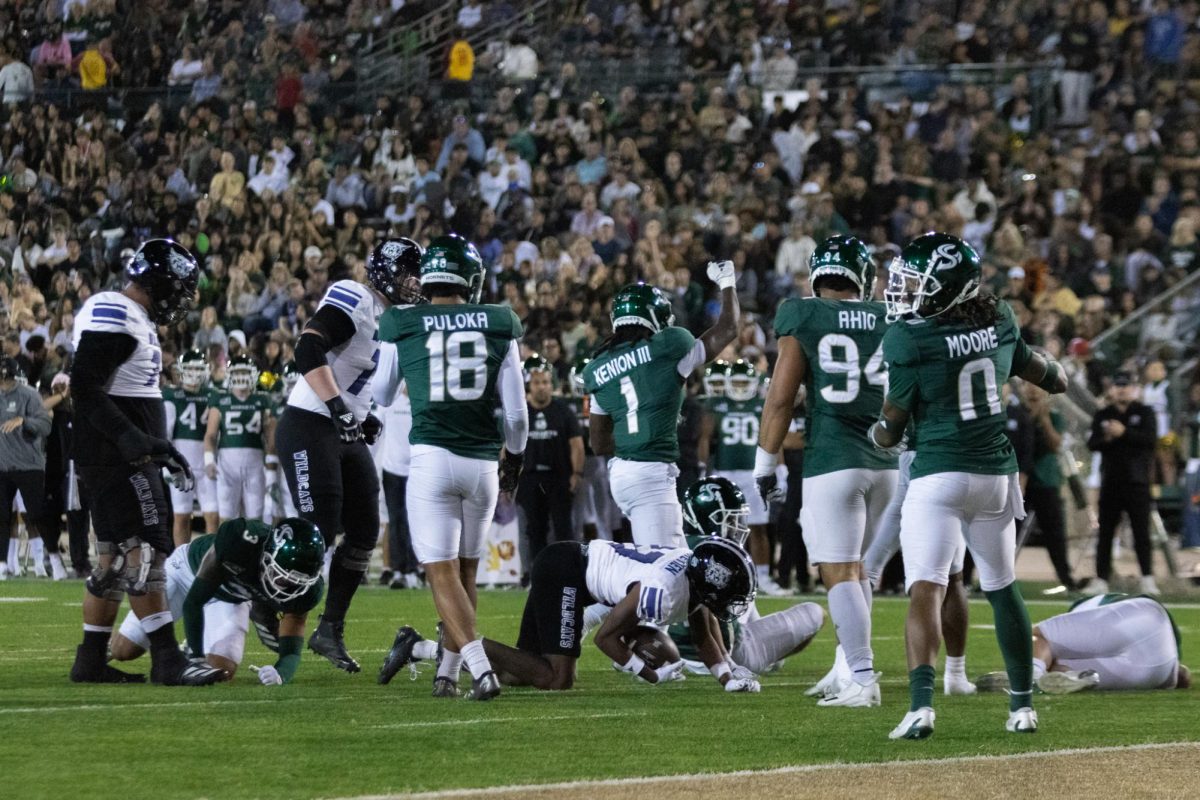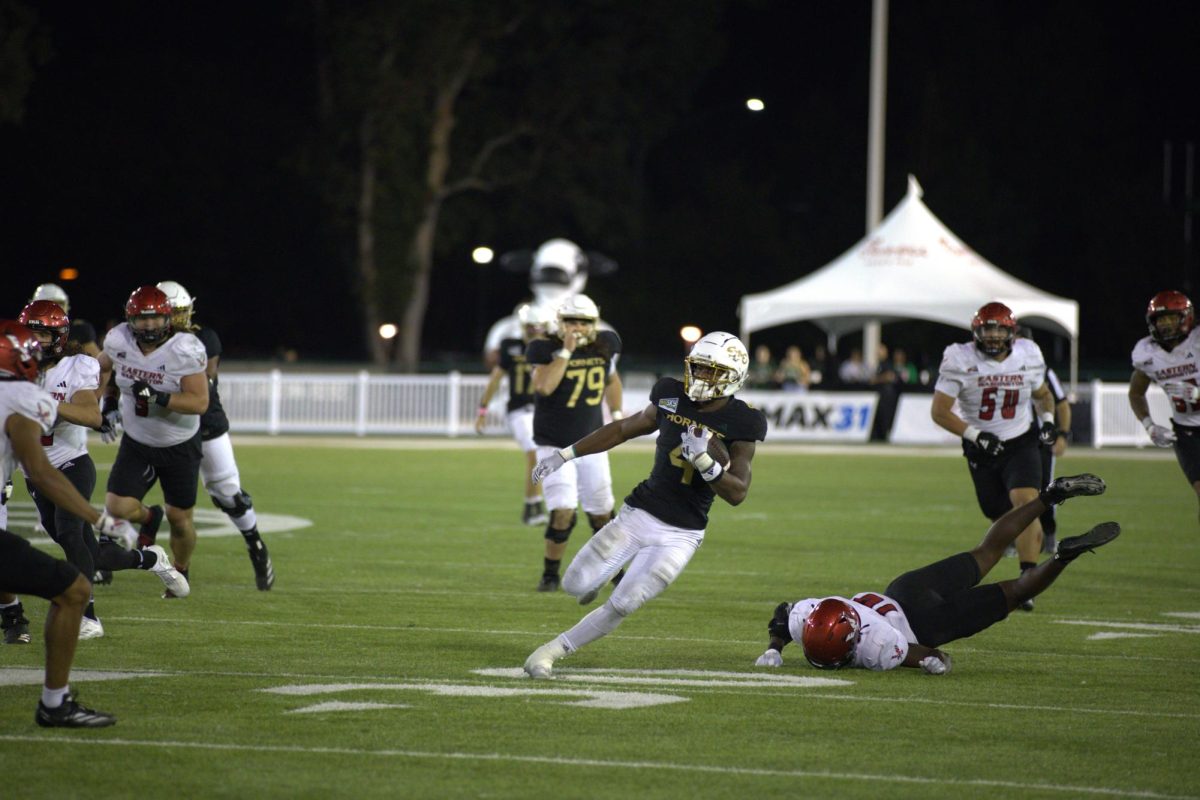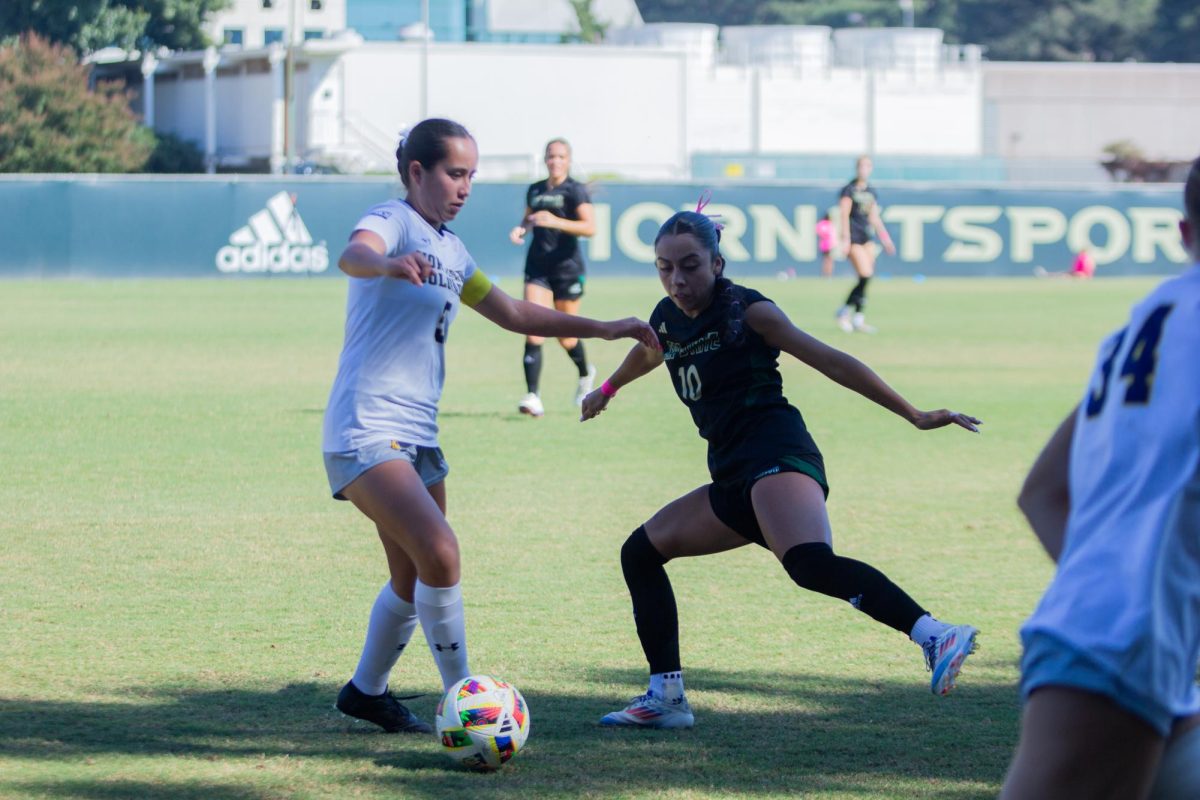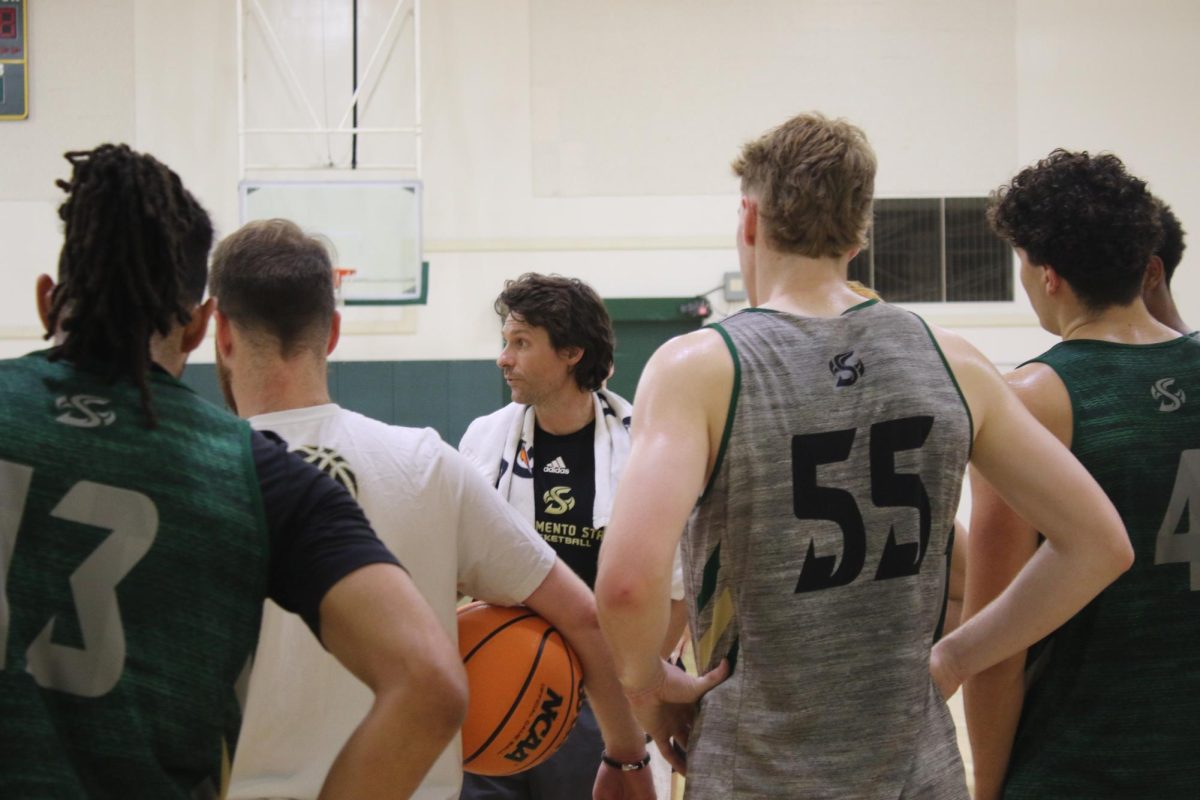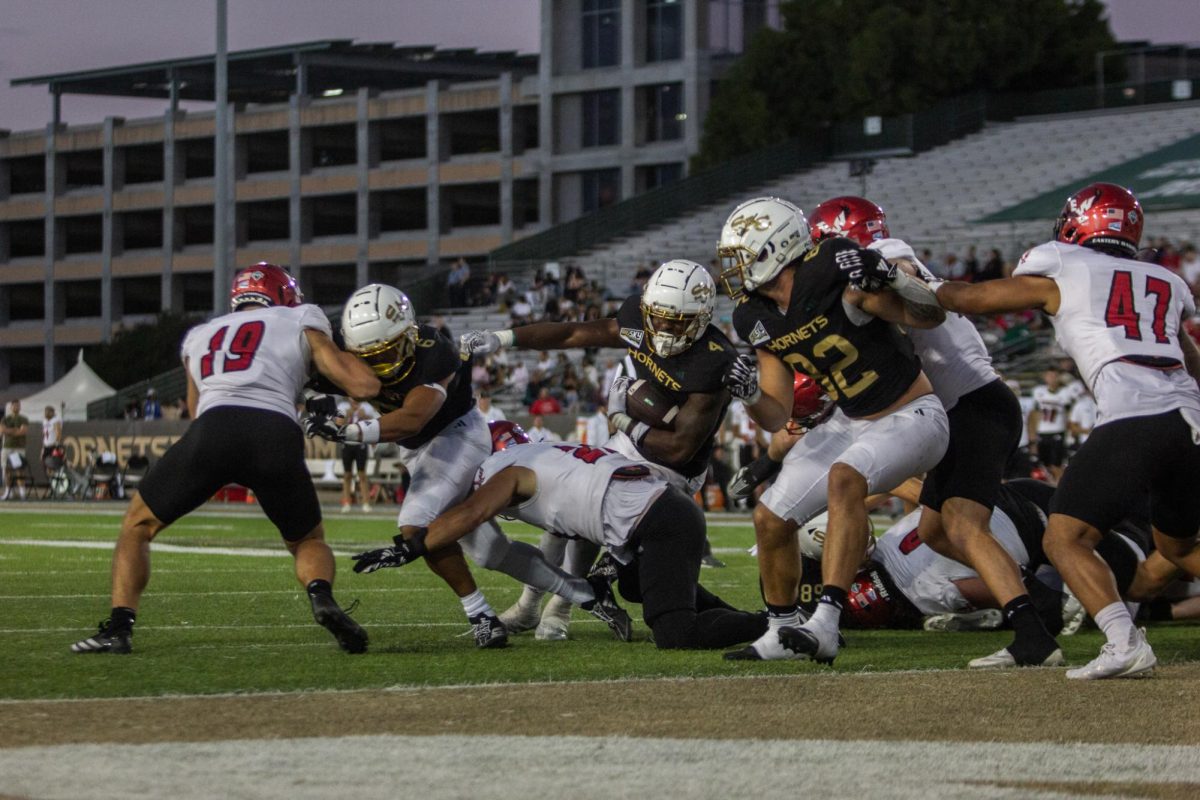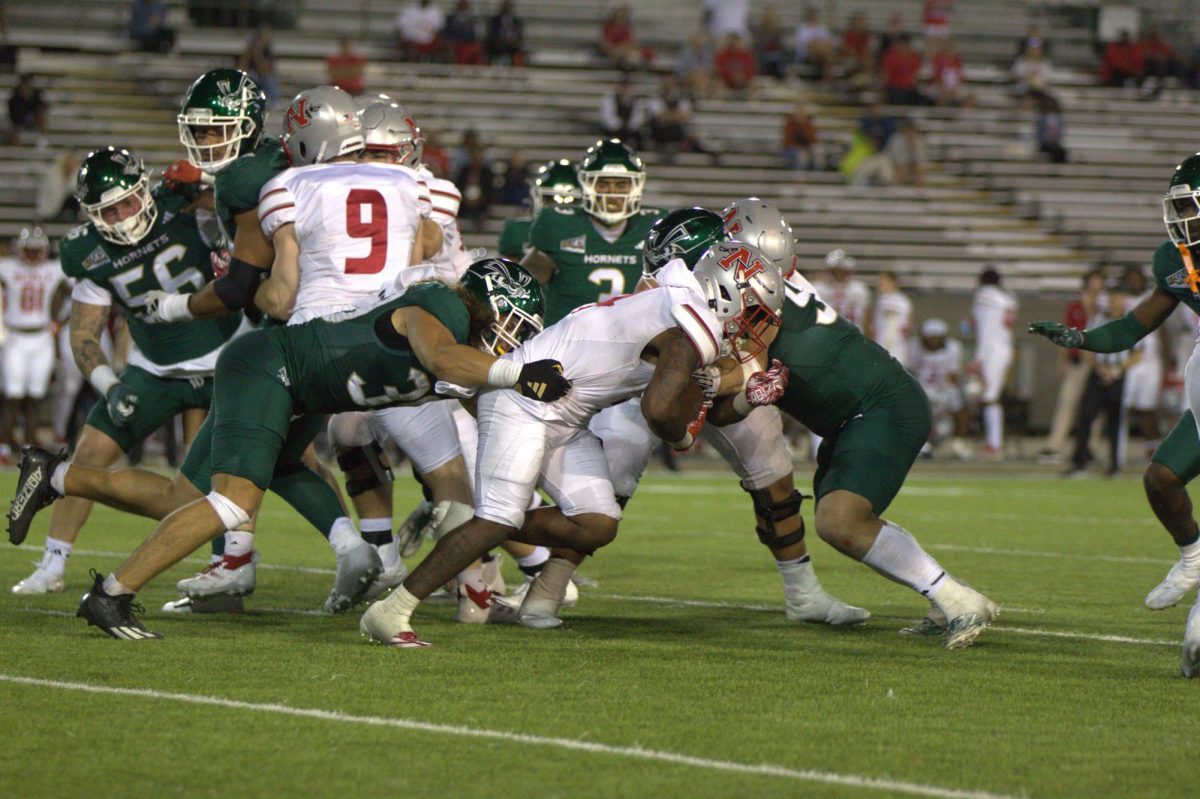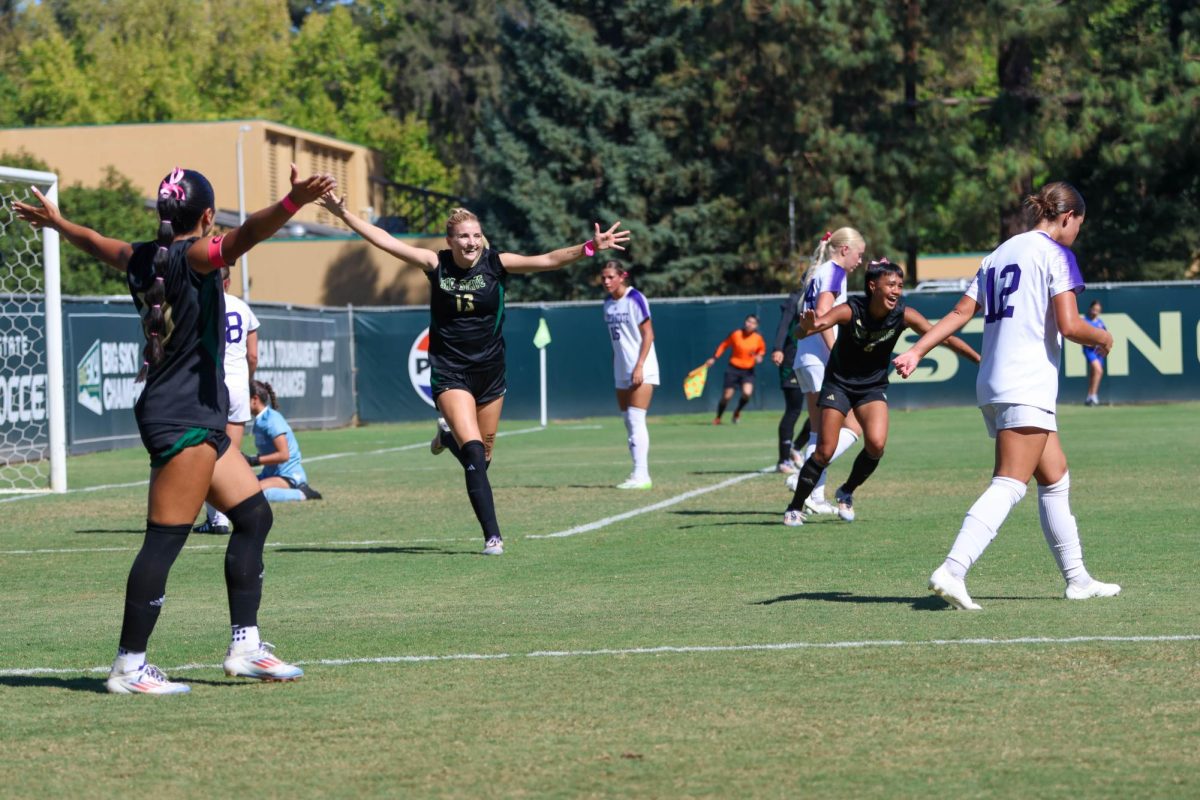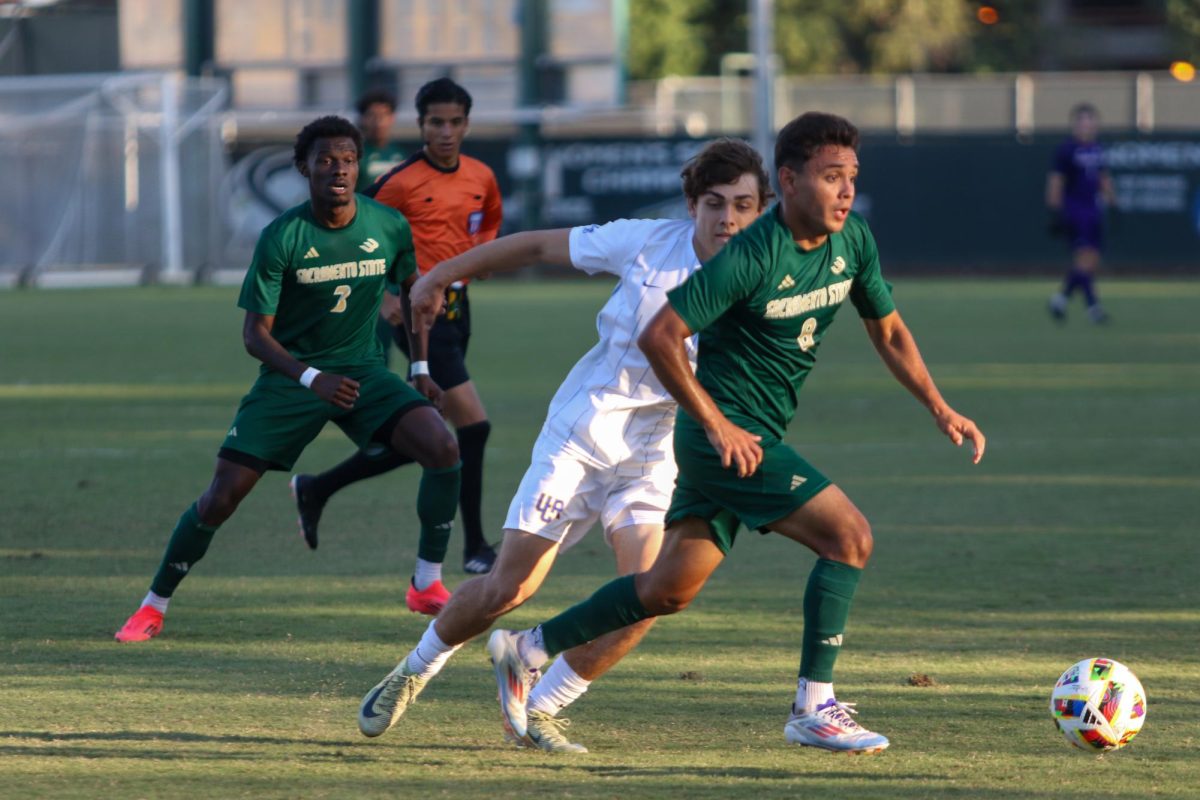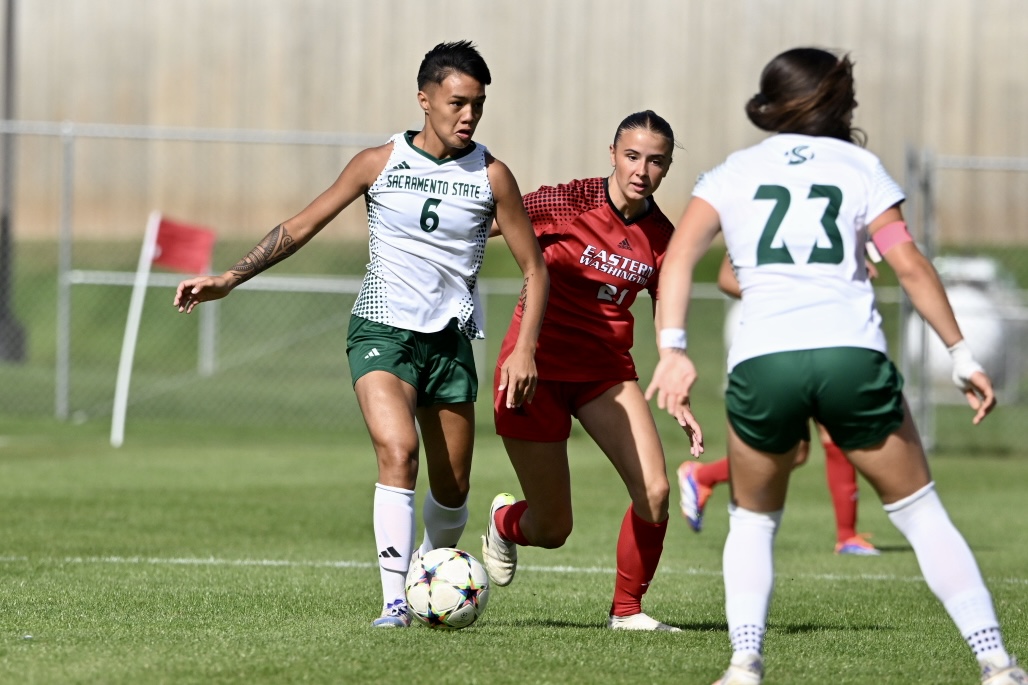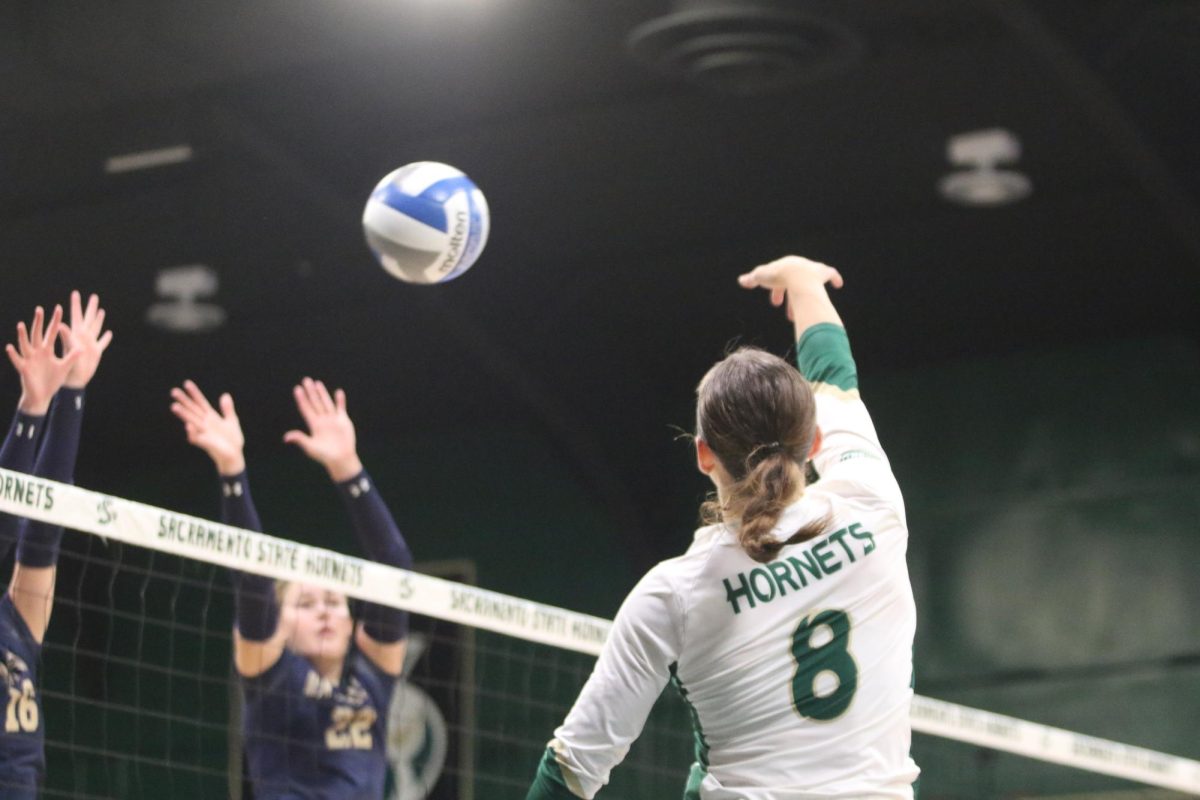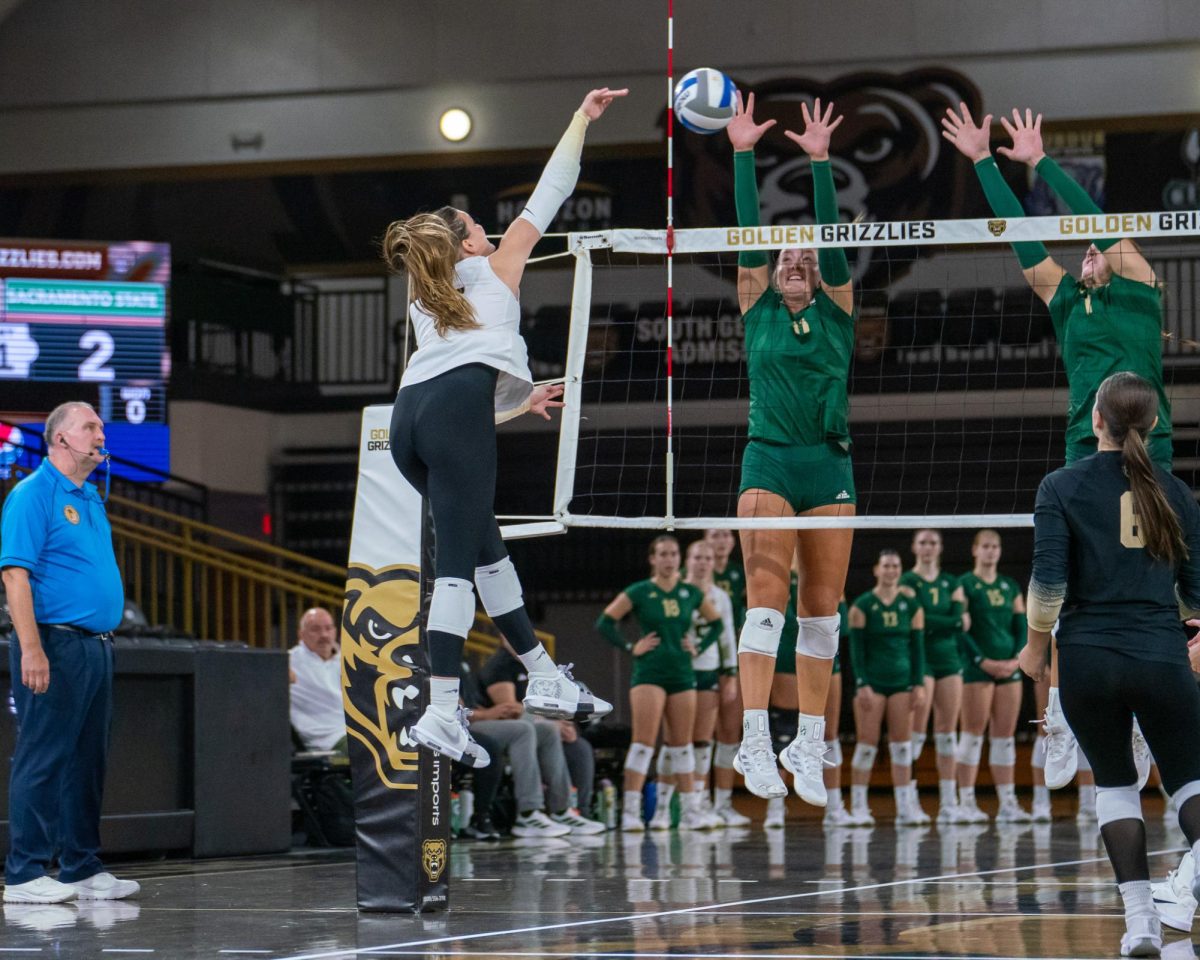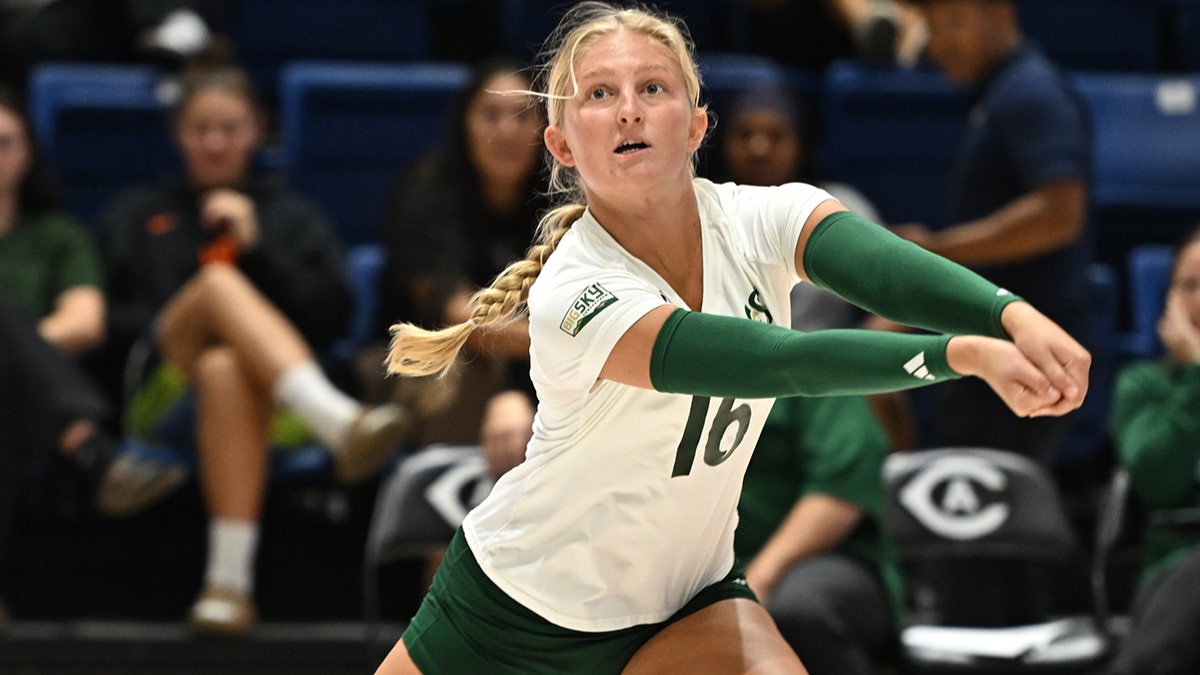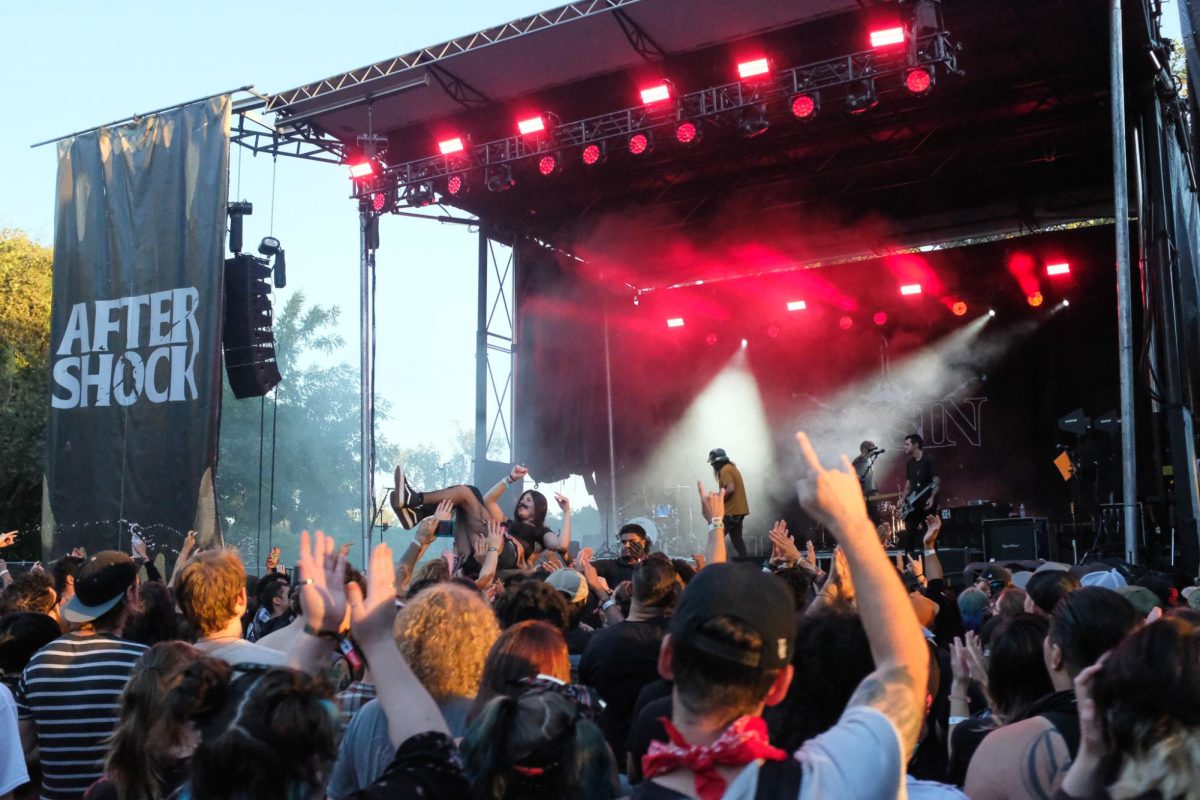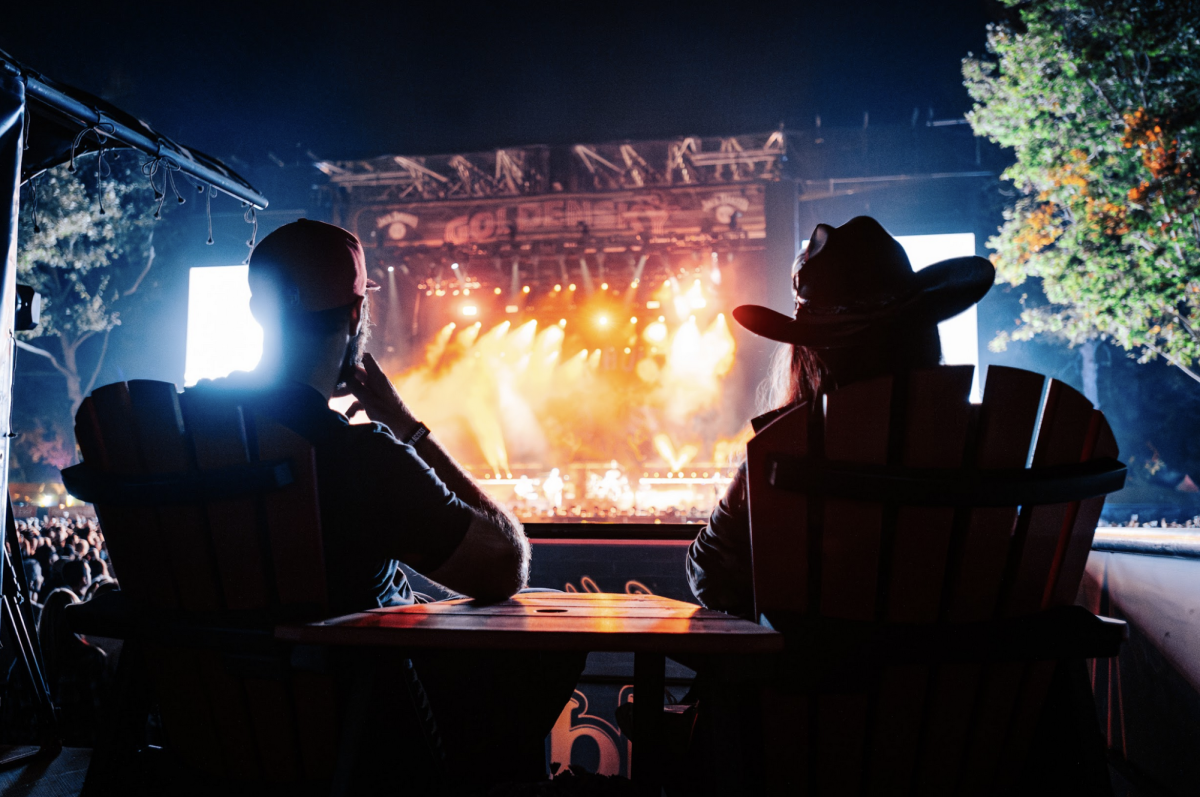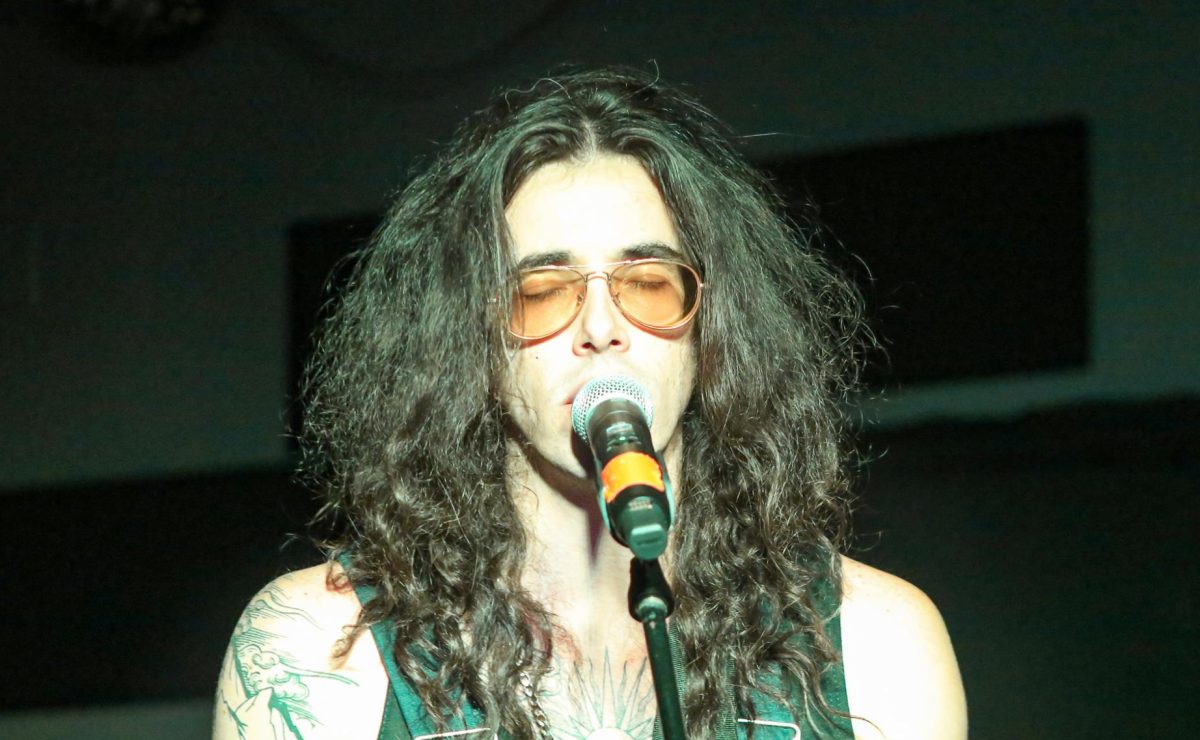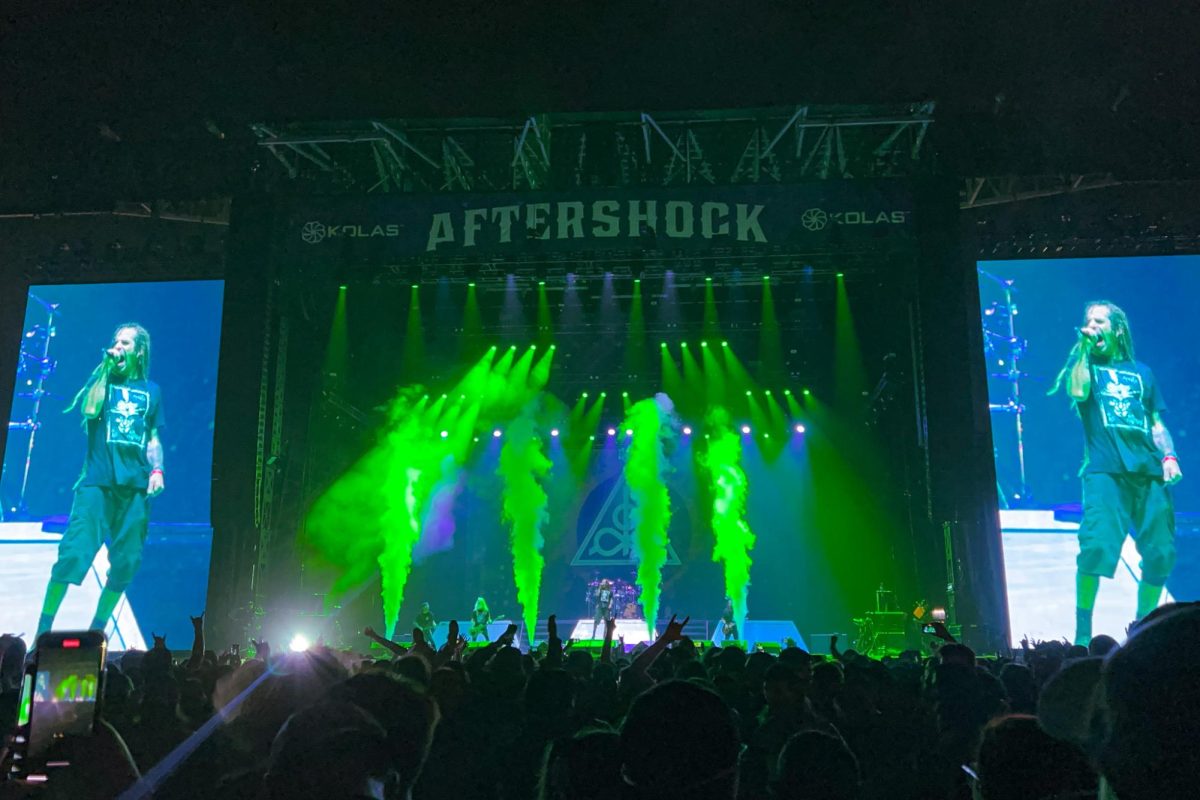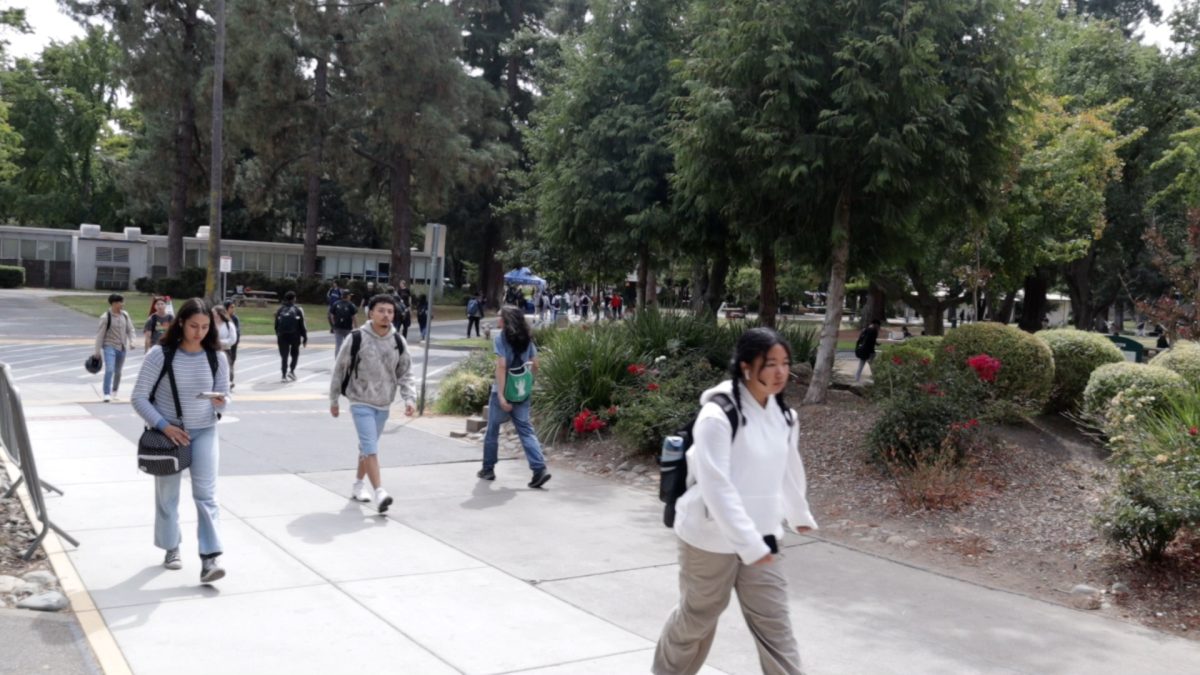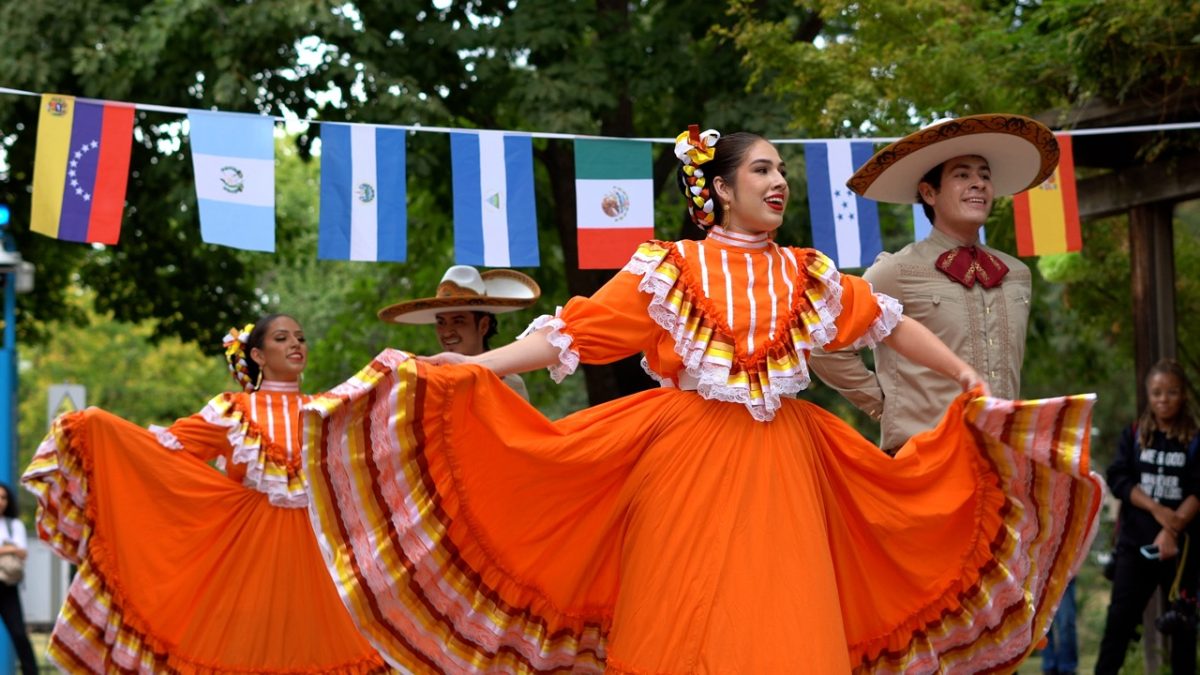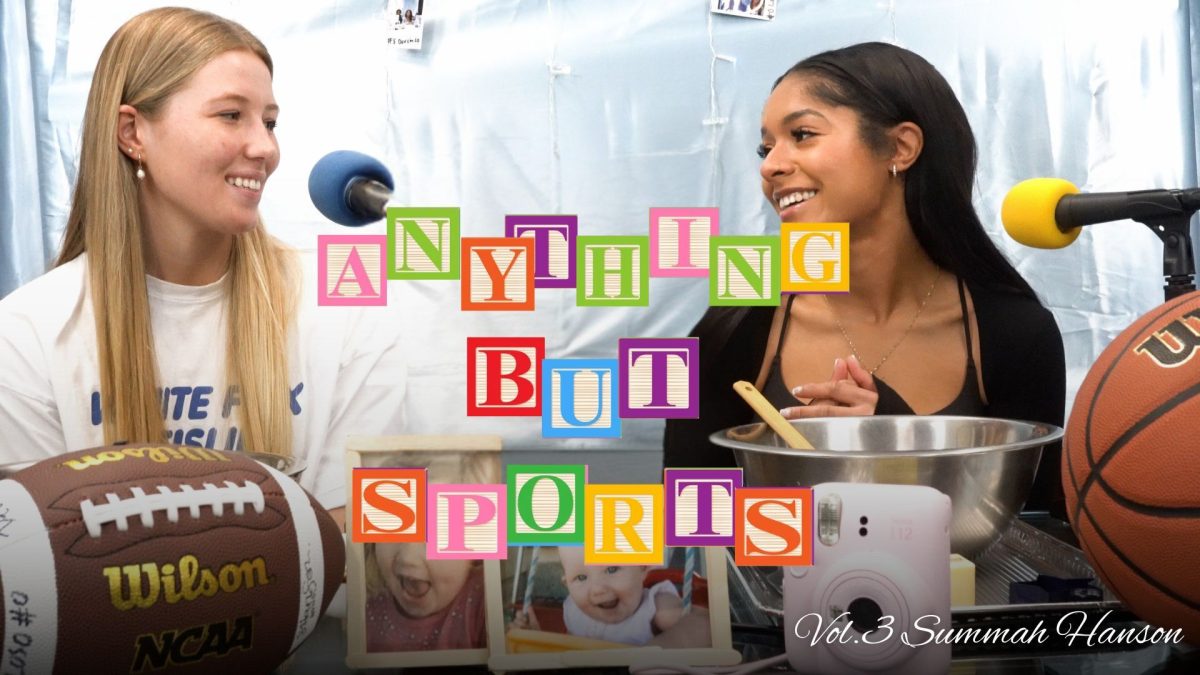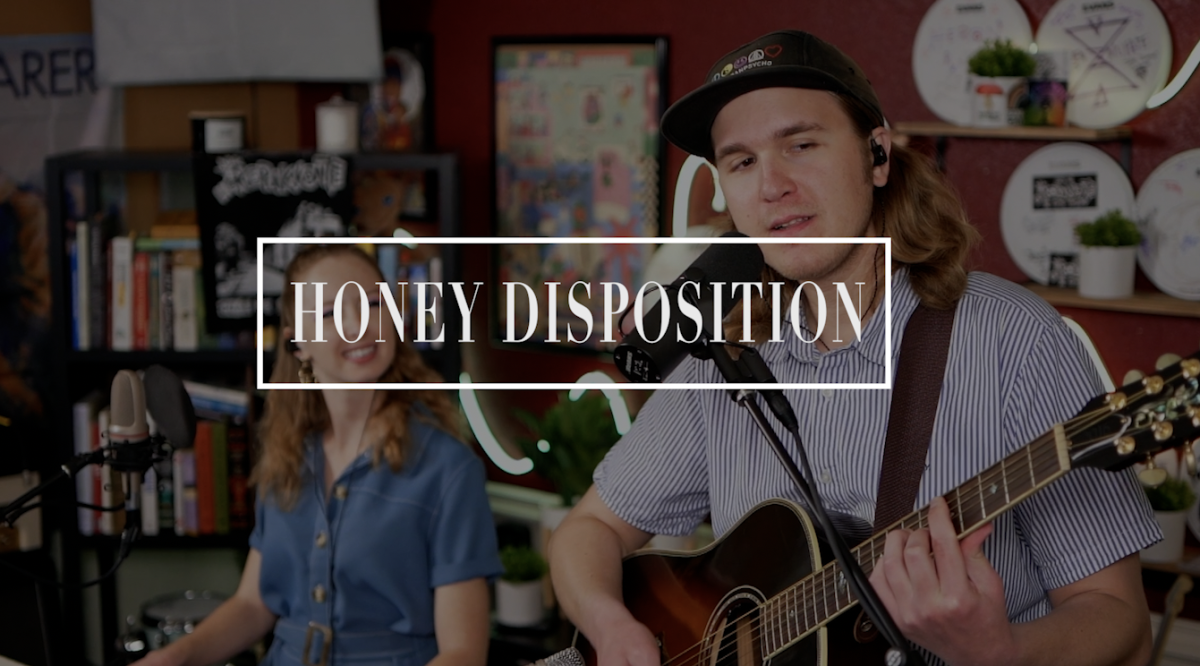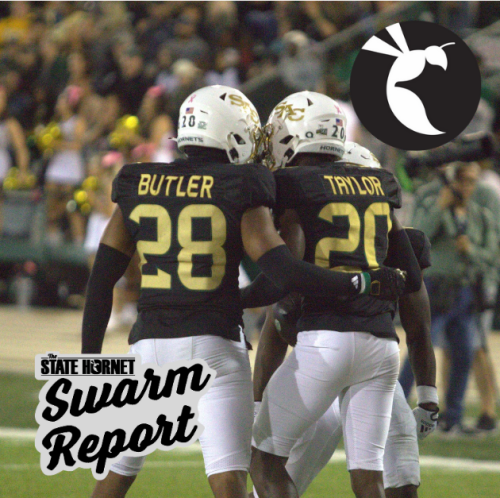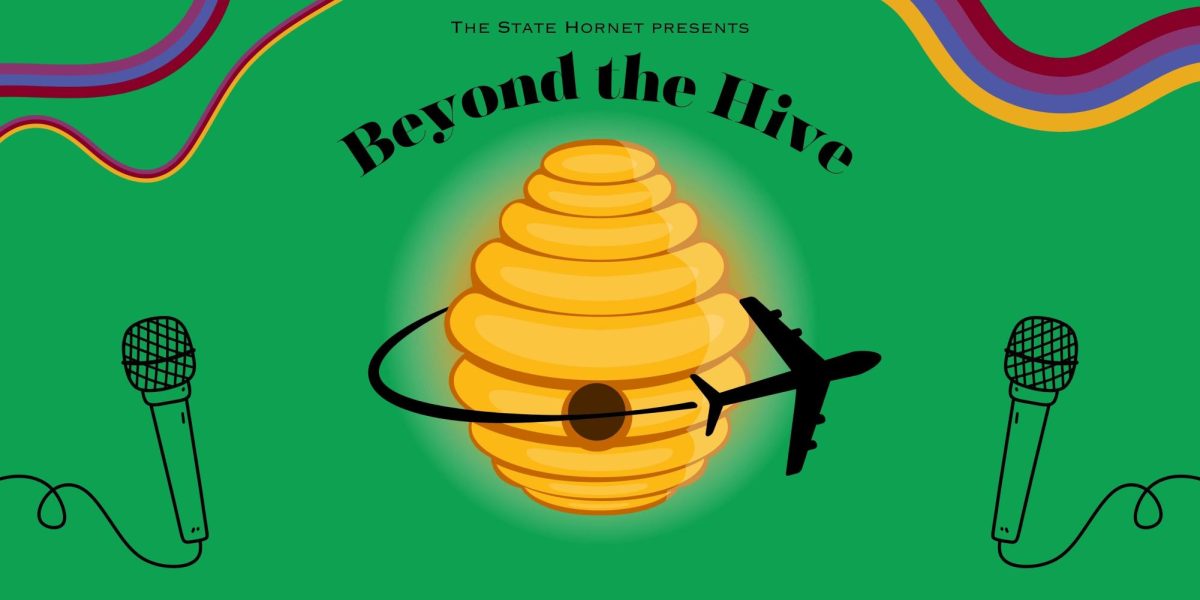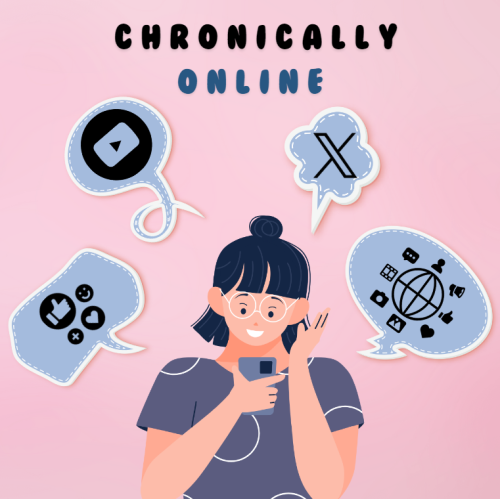Sac State museum director protects historical artifacts
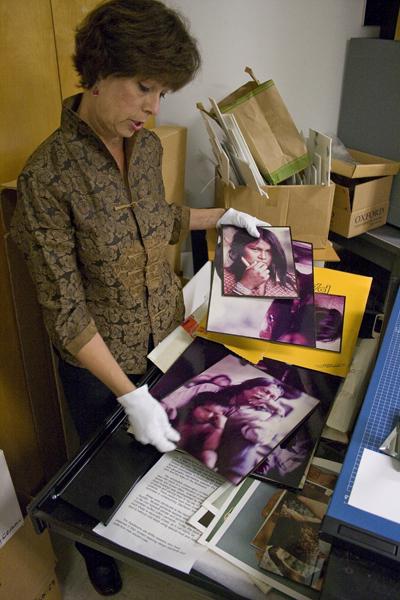
Along with being an anthropology professor, Terri Castaneda is the museum director at Sac State, which entails setting up every exhibit and keeping records of the artifacts it has in storage.
October 26, 2011
Terri Castaneda, associate professor and director of the Sacramento State Anthropology Museum, has contributed more than a decade of hard work and service managing her professorial career, while at the same time running the museum.
Castaneda also teaches 12 courses and chairs the American Anthropological Association, all while participating in about eight professional organizations geared toward the support of museums and anthropology.
Her areas of research interest are museum anthropology, heritage tourism and mid-20th century California Indian activism and cultural renewal. She also has many publications under her belt, eight are listed on her website, the most recent was called “American Indian Lives and Voices: The Promise and Problematics of Life Narratives,” published in 2009.
Jesse Dizzard, assistant professor in the Department of Anthropology at Chico State and president of the Southwestern Anthropological Association, has worked alongside Castaneda in the association since 2010, when she was elected chairwoman.
“Dr. Castaneda is exceedingly practical and vigilantly detail-oriented. I am delighted to work with her for those reasons, and particularly appreciate her firm direction in chairing meetings,” Dizzard said. “She has certainly kept the SWAA on track during an especially delicate series of recent discussions. In a word, she is masterful and I am honored to work with her.”
For Castaneda, anthropology has been her passion since she was young. She said she was first introduced in junior high through an experimental curriculum that included films about anthropologists and the research they do. Since then, she decided to dedicate her studies to the social science.
“I’ve been working in museums since I was 22 years old, and was hired by the Houston Museum of Natural Science fresh out of college with a bachelor’s degree in anthropology. I worked there for 10 years, leaving after I had worked my way up to curator of anthropology,” Castaneda said.
Castaneda left her job while she was in the process of earning her doctorate so she could focus on her dissertation.
“After graduating I worked on a number of museum projects,” Castaneda said. “But my goal was always to work in a university museum and to teach students to appreciate the kinds of information and insights that can be gained from doing research on collections of material culture.”
After she was hired here, she finally reached her goal. After being hired as museum director and professor, Castaneda had a lot on her plate.
“I teach a lot of different courses and have a lot of museum responsibilities,” Castaneda said. “I’m not sure they can be balanced, but they do intersect in a handful of courses that I am able to teach every now and then.”
As far as the Anthropology Museum, Castaneda is responsible for all aspects.
“One of my most important responsibilities is looking after the artifacts and the records that relate to them. We have artifacts from all over the world, many of them given to us by private collectors who travel the word to personally acquire them,” Castaneda said. “Keeping track of where these objects came from, where they are stored, what kind of condition they are in, takes a lot of time.”
She also works on exhibits, either her own or with faculty or students, an aspect that Castaneda said is particularly rewarding.
“One exhibit that I worked on really affected me emotionally was called Native American Histories: Art, Object, Text,” Castaneda said. “I asked Native American faculty, staff and students to participate in the exhibit by letting me display a family photo object that represented their family or cultural history for them.”
Castaneda said she was moved by the support she received from the campus community.
“One professor, Dr. Charles Roberts, invited me to his home and proceeded to pull out a box of family letters and mementos,” Castaneda said. “I left his house with that box of archival documents, pictures, and those three little objects that he had treasured all those years, and proceeded to cry all the way home; not just because I was so moved by his story but because he was trusting me to tell his story to others and to respectfully display these family heirlooms. I had known him for 10 years by that time, and yet until that experience, not really at all.”
Castaneda said museums can hold information in many forms.
“Museums are storehouses of knowledge about our past and present,” Castaneda said, “but that knowledge is embodied in things, whether it is art, or a tool, or a handmade book.”
Of all the duties Castaneda is responsible for, she says her favorite is teaching and working with students in and out of the classroom.
“Whether it’s in the museum or some other context, like advising, I love to hear about their own career ambitions and passion for anthropology,” Castaneda said.
Along with helping her students, Castaneda looks forward to her job every day.
“No two courses, exhibits, set of classes or students are ever the same. Every day brings new opportunities, challenges, and experiences,” she said. “One thing I can say with certainty about this job is that I’ve never been bored.”
Kaitlin Bruce can be reached at [email protected]



